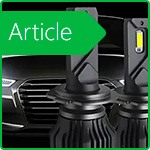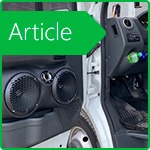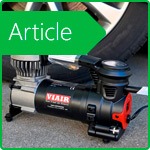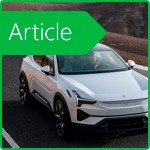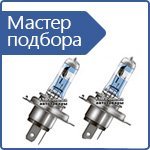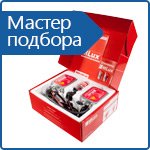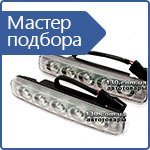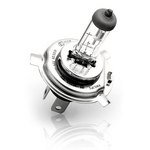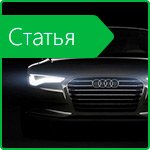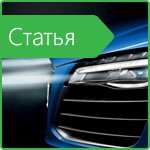Ideal xenon - how to choose in 5 minutes?
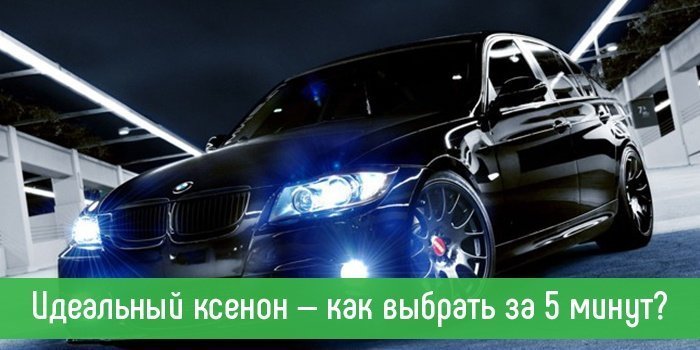
Xenon in the car - it's certainly prestigious and stylish, so many motorists want to install a car xenon. But without knowing the main features of these devices for lighting, the choice can be prolonged for a long time. Therefore, in this article we will consider the main issues that arise before buying xenon lighting and try to answer them in detail.
What is the socle and what do I need??
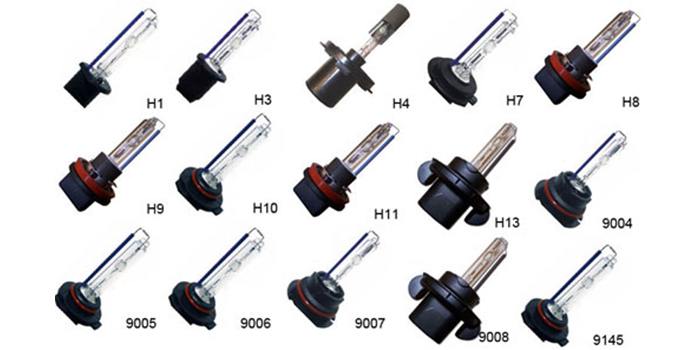
The plinth is the so-called fastening of an automobile lamp and for each car the plinth can be different. At what different not only for cars, but also for different light sources - in lamps of a passing beam, a driving beam and protivotumankah of the same car the plinth can be different.
One of the most important criteria for choosing xenon is the base and it is important to know the right socle correctly. Otherwise, the lamps may simply not approach the car. You can find the lamp cap with special online selection services, and you can remove the lamp and compare it with the photos on the Internet on which the lamp caps are signed. But the most reliable source is the car's instruction - there is exactly the right base.
Often, European cars have H1 or H7 lamp caps in the dipped beam, H1 - in the far, and H3 - in the fog lights.
Asian cars mainly have a HB4 cap in the low-light, HB3 in the low-light, and H11 in the fog lights.
In American cars, there is no clear pattern for the socles, so it is better to be safe here and check the base in the instruction.
What is the glow temperature? The Kelvins? I only know Celsius!
The temperature of the glow or the color temperature does not in any way affect the sensation of heat or cold from the light source. This parameter affects the visual perception of light. The lower the glow temperature, the warmer the tones will be, the higher (red, orange, yellow xenon) - the colder (white, blue, violet xenon).
In xenon lamps, the most common color temperatures are - 4300K, 5000K and 6000K. The luminescence temperature does not in any way affect the brightness of the glow, so do not think that the higher the temperature, the more bright the light will be.
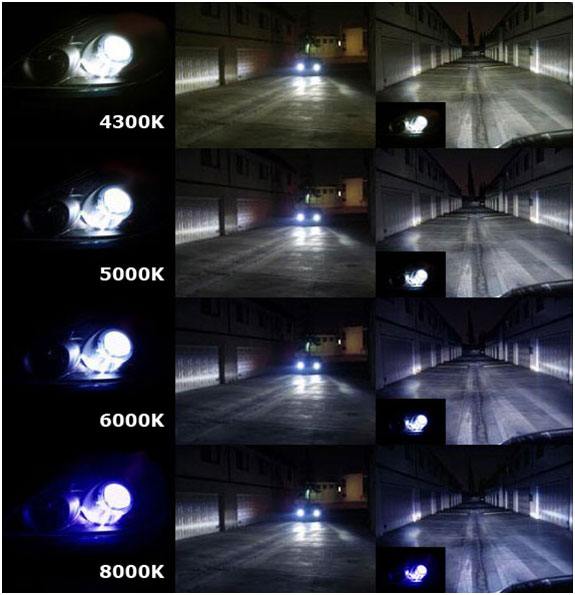
The most optimal temperature is 4300K, because it is this spectrum of light that is closest to daylight and easily perceived by the human eye. In addition, in rainy or snowy weather, as well as in a fog lamp with a temperature of 4300K will be better illuminate the road. Some motorists refuse to install lamps with such a temperature, because the light turns yellowish, and it does not seem very aesthetic. In this case, you can choose a temperature of 5000K (pure white color) - it shines beautifully and illuminates the road in bad weather. But the temperature of 6000K and more can only be selected if you plan to travel exclusively in dry weather, on a dry road, because in the rain in front of the car there will simply be a blue glow, which greatly hampers the perception of the traffic situation.
And the lights will not melt?
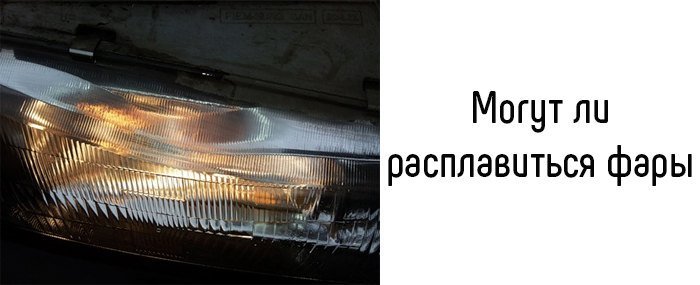
No, they will not melt. Let's make a little comparison. The average power of the xenon lamp is 35W, there are also more powerful lamps that will shine brighter and their power is 50W. In xenon lamps, only 6% of the power goes into heat. Now let's look at halogen lamps - the average lamp power is 55 W and 40% of power goes into heat. Proceeding from this it is evident that halogen lamps have a high probability of melting the headlamp. Do halogen lamps fuse the headlight in practice? No. Accordingly, the xenon lamps will not be melted anyway.
Of course, there are cases of refreshing the headlamp because of incorrect installation of xenon or because of installation in a headlight not suitable for xenon. For proper installation, you need a suitable optics for xenon. To prevent this from happening, before installing, be sure to consult with experts on the possibility of installing xenon in your car and install only on SRT.
The on-board computer reports an error when installing xenon
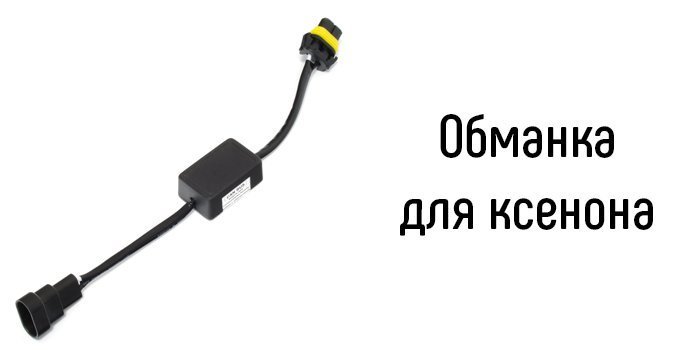
Quite a common problem among cars with an on-board computer. The standard BC monitors the work of all electronics and reports various malfunctions in the on-board network. For example, if the home lamp is burnt out, the on-board computer will stop feeding power to it and report a corresponding error. And since the power of the xenon lamp is less than that of a halogen lamp or an incandescent lamp, the onboard computer considers the new lamp burned out. To fix this problem is simple enough - in addition you need to install the blend. Also, there are sets of xenon with CAN-bus adapters (bluffs) in the kit. Therefore, if you have an on-board computer in advance, choose xenon with snag.
Thin or conventional ignition blocks to choose? What's the difference?

SLIM ignition modules (ballasts) are considered more modern, since in them the transition from the stage of ignition of the lamp to the glow passes more smoothly, which allows to extend the life of the lamp by 30%. For example, MLux Premium ballasts in MLux xenon kits are fully electronic and have a lamp diagnostic function that runs in real time. Due to this, the lamps work more stably and with the same light output. In addition, an important fact is that they are more compact than the standard units, and under conditions of insufficient space under the hood they will fit better for installation.
What is the difference between xenon and bi-xenon??
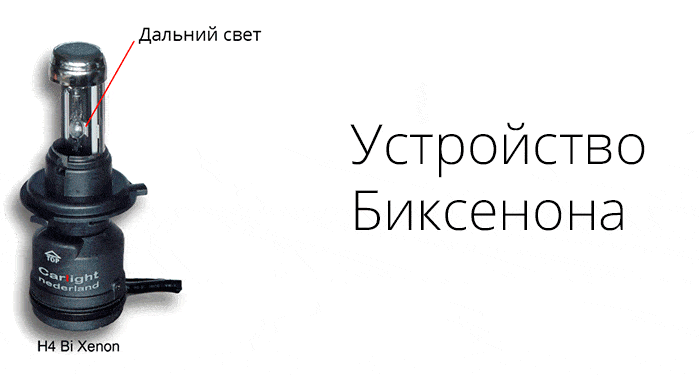
The main difference between bixenone and xenon is that the xenon lamps respond either to the near, or to the high beam, while the bi-xenon lamps are simultaneously for the near and far. In bi-xenon lamps, the design provides a special shutter, which regulates the near and far light of the lamp. Often, bi-xenon lamps have a base H4 and if you need lamps of this socle, then in 99% they will be bi-xenon lamps. If you want to install the xenon illumination in both the near and the high beam, but you have different cap on the sources of dipped and driving light, you need to install 2 sets of xenon, for example, H1 and H7 cap.
Can I install the xenon myself?
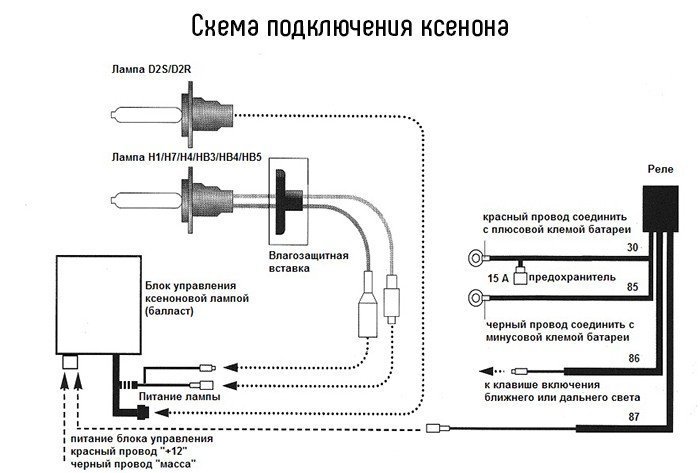
Of course, you can install the xenon kit yourself. There is nothing complicated there, since all the connectors and connectors are made in such a way that they can not be connected anywhere except for the right place. But a significant disadvantage of the independent installation of xenon or bi-xenon is that you will not have the opportunity to make a normal adjustment of the headlights so as not to blind the oncoming drivers. Because this will require a special stand. Xenon buy can be on 130.com.ua with delivery to Kharkov, Odessa, Kiev and Ukraine.
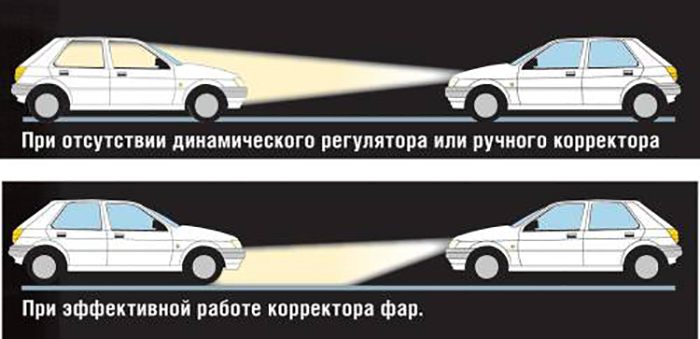
See video reviews of autoLight components
Related materials:

Stay tuned for updates!
Subscribe to our Telegram channel and be the first to receive useful materials.
Subscribe









